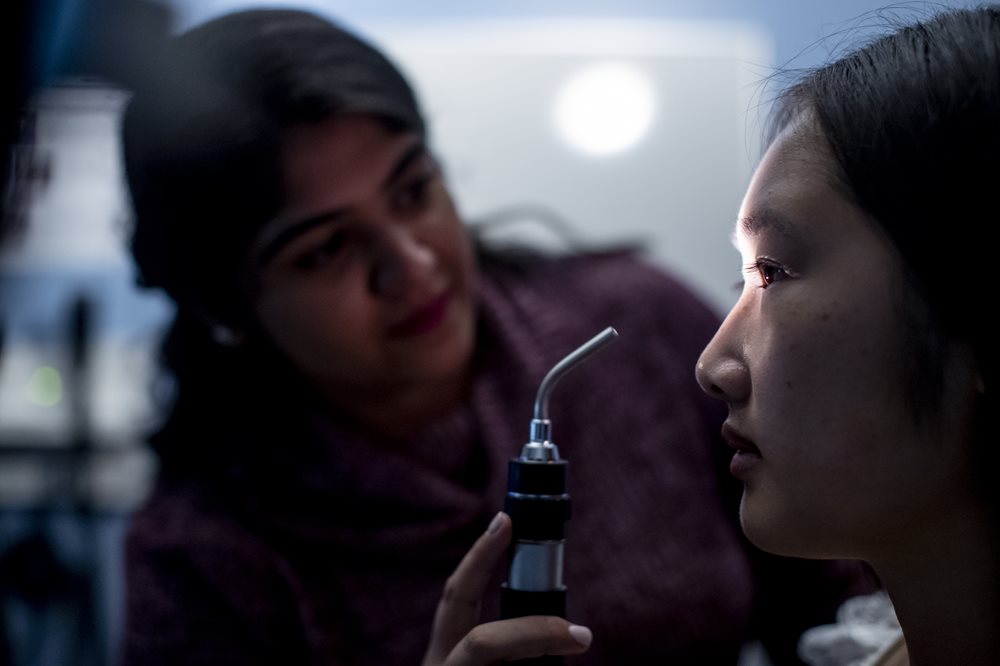Are Dry Eyes a Serious Problem?
Nearly 16 million Americans have dry eye, according to the National Eye Institute (NEI). Dry eye occurs when there are not enough tears produced, the tear film is not draining properly from the eye, or the tears are not the quality needed to maintain the health of the eye.
 There are many symptoms of dry eye, such as:
There are many symptoms of dry eye, such as:
- Burning or stinging sensation in the eye
- Gritty or sandy feeling
- Redness and inflammation
- Increased sensitivity to light
- Watery eyes, which is the body's response to the irritation of dry eyes
- Blurred vision or eye fatigue
There are also many risk factors for dry eye, including:
- Being more than 50 years old
- Refractive surgery (for example, Lasik)
- Inflammation of the eyelids
- Environmental conditions, such as allergies, or a dry climate
- Wearing contact lenses
- Certain medications including antihistamines, decongestants, blood pressure medications, antidepressants and those used to treat eye conditions such as glaucoma
- Medical conditions such as rheumatoid arthritis, Sjogren’s syndrome, diabetes, thyroid problems and certain other autoimmune diseases
 Women are twice as likely to develop dry eye than men. Women who are pregnant, on certain types of birth control, hormone replacement therapy, or experiencing menopause are also more likely to have dry eye.
Women are twice as likely to develop dry eye than men. Women who are pregnant, on certain types of birth control, hormone replacement therapy, or experiencing menopause are also more likely to have dry eye.
Making changes in your environment, habits, and medications can help minimize dry eye symptoms. Here are some suggestions:
- Avoid environmental stresses that worsen dry eye, such as low humidity, drafts from air conditioners or fans, smoke, dust, or excessive makeup.
- Try blinking regularly or taking a short break with your eyes closed when reading or working at a computer. We tend to blink less often during these activities, potentially aggravating dry eyes.
- Use artificial tears before bedtime and in the morning.
- Apply warm compresses on the eyes. Compresses can soothe dry, irritated tissues.
- If you wear contact lenses, daily disposable contact lenses tend to be the most comfortable and healthiest option for those with dry eye as opposed to reusable contacts.
 Untreated dry eye syndrome can cause damage to the cornea, which is the front surface of the eye. Early diagnosis and treatment of the condition can avoid damaging the cornea and improve the quality of vision.
Untreated dry eye syndrome can cause damage to the cornea, which is the front surface of the eye. Early diagnosis and treatment of the condition can avoid damaging the cornea and improve the quality of vision.
The Eye Institute’s Dry Eye Clinic focuses on the diagnosis and management of dry eye syndrome. Expert optometrists provide comprehensive dry eye evaluations, using the latest technology, and recommend thorough, customized therapy plans for each patient.
If you are experiencing symptoms of dry eye, contact the dry eye experts at The Eye Institute. For an appointment, call 215.276.6111.